
Max Merritt + The Meteors

 |
Max Merritt + The Meteors |
 |
First Name · · Last Name
Last Name · · Groups
Groups · · Venues
Venues · · Events
Events · · Entities
Entities · · Submit
Submit · · e-Mail
e-Mail · · Links
Links · · Search
Search |
 |
 |
 |
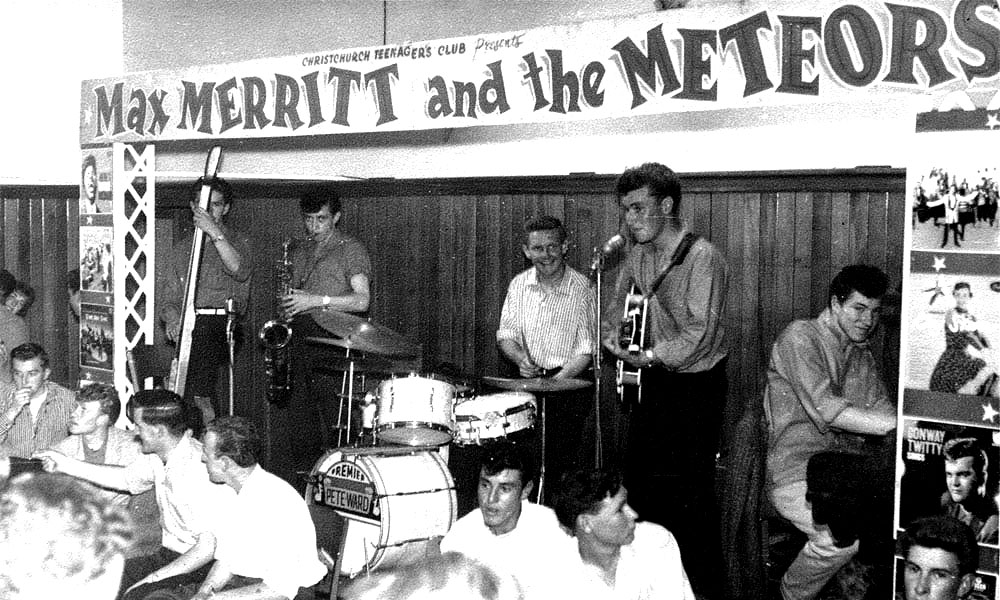 |
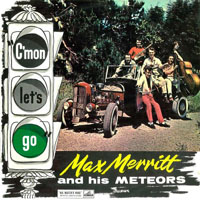 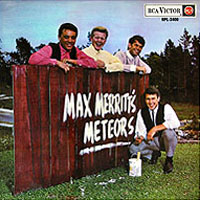 |
  Jason Ankeny - All Music Guide |
Max Merritt and The Meteors - at the Oriental Ballroom Auckland |
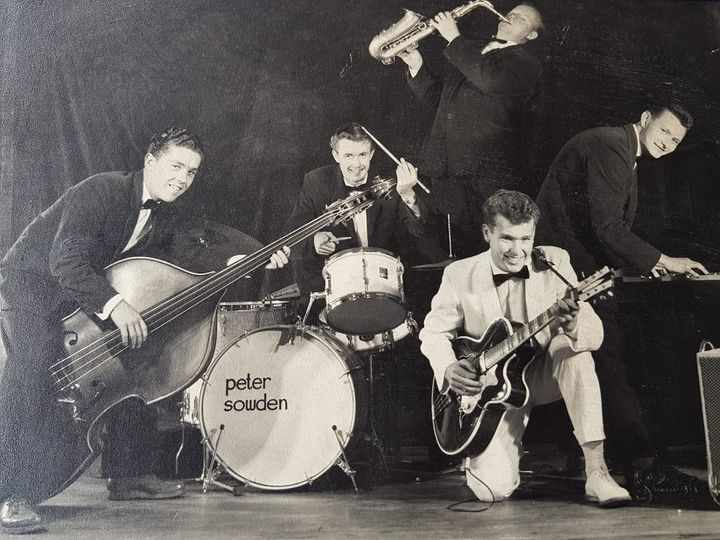 |
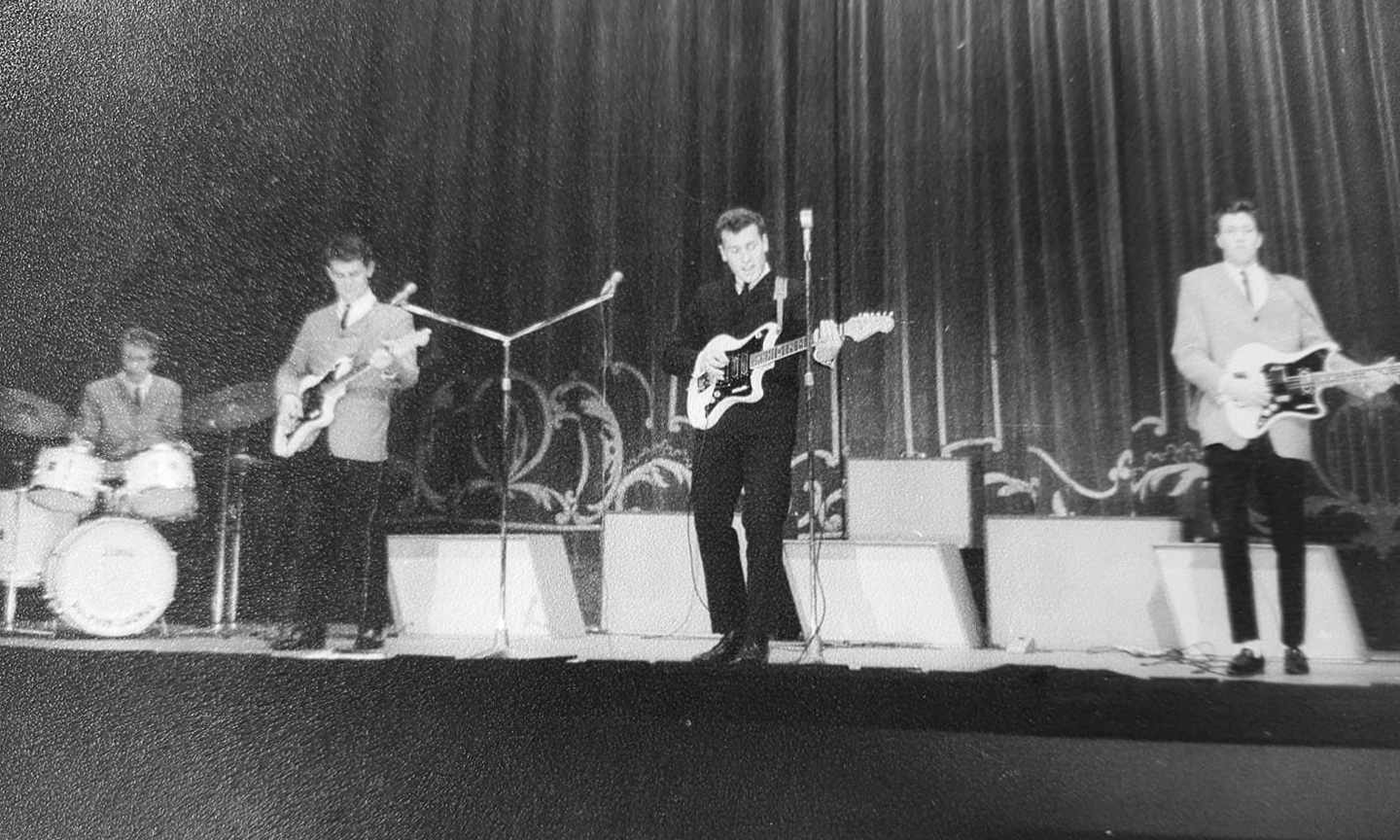 |
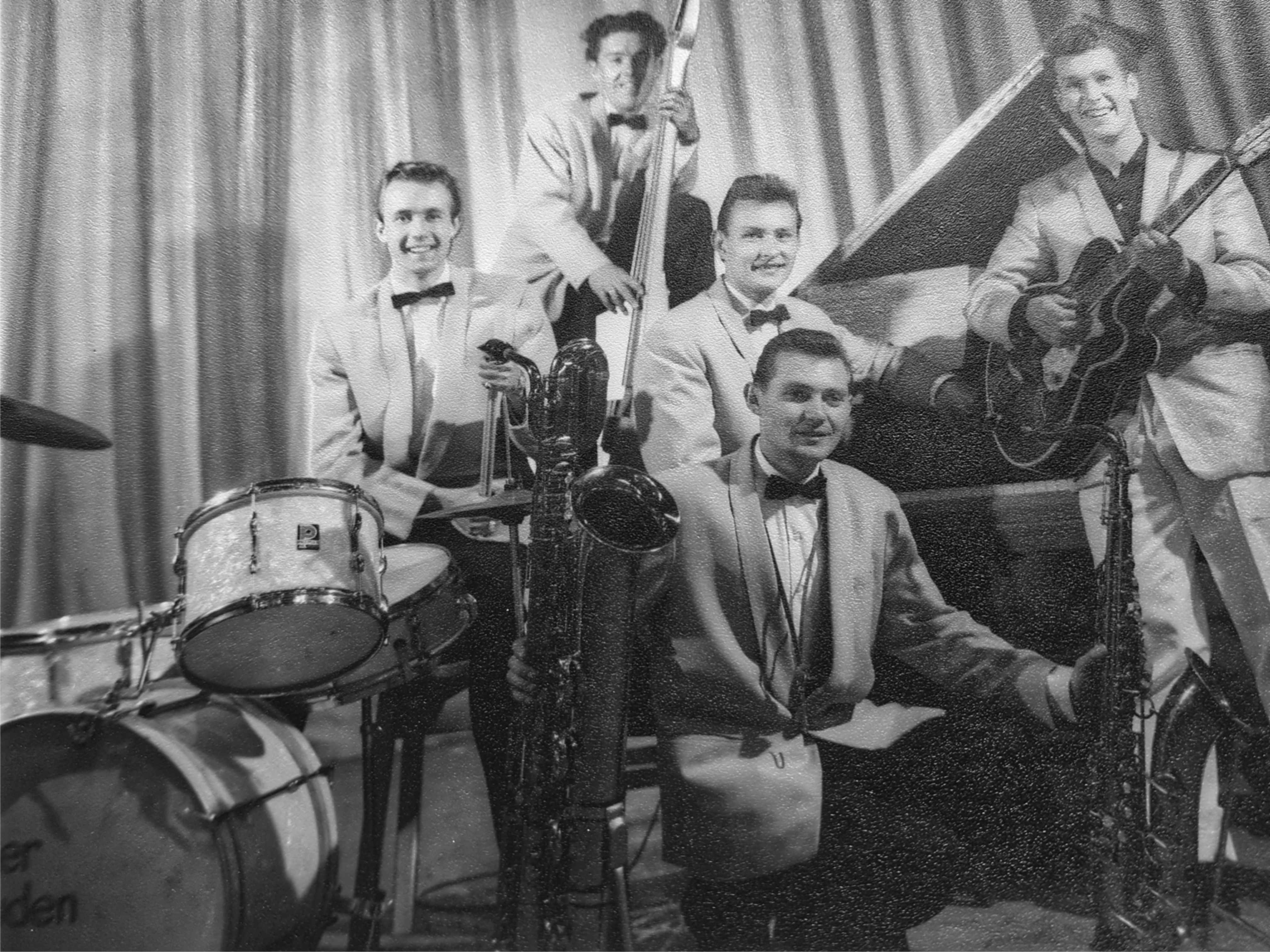 |
Having become resident at the Christchurch Teenagers' Club (the city's first teen venue), the quickly band became a local phenomenon, with their success inspiring so many like-minded budding performers, and before too long the Christchurch Rock 'n' Roll Scene was matched only by the thriving musical community in Auckland spearheaded by teen idol Johnny Devlin. With his gutsy vocals and impressive guitar skills, Max immediately acquired a sizable fan base, despite; The Meteors lineup changing constantly, and he remained the focal point of the group that was even beginning to write its own material.. |
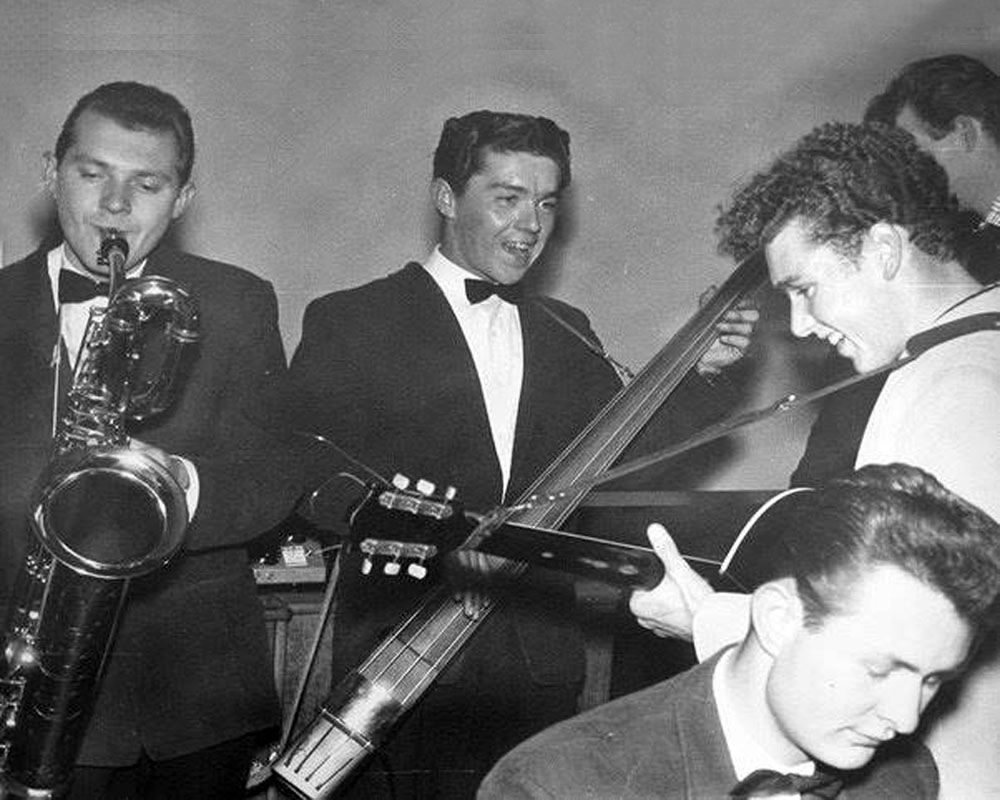 |
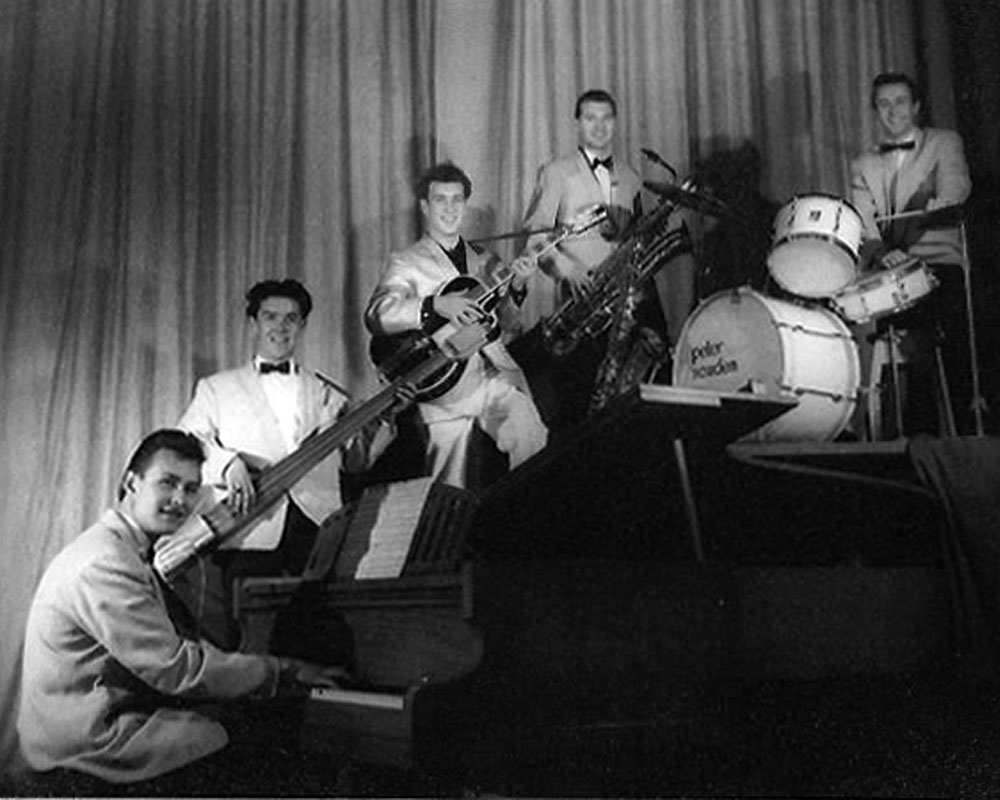 |
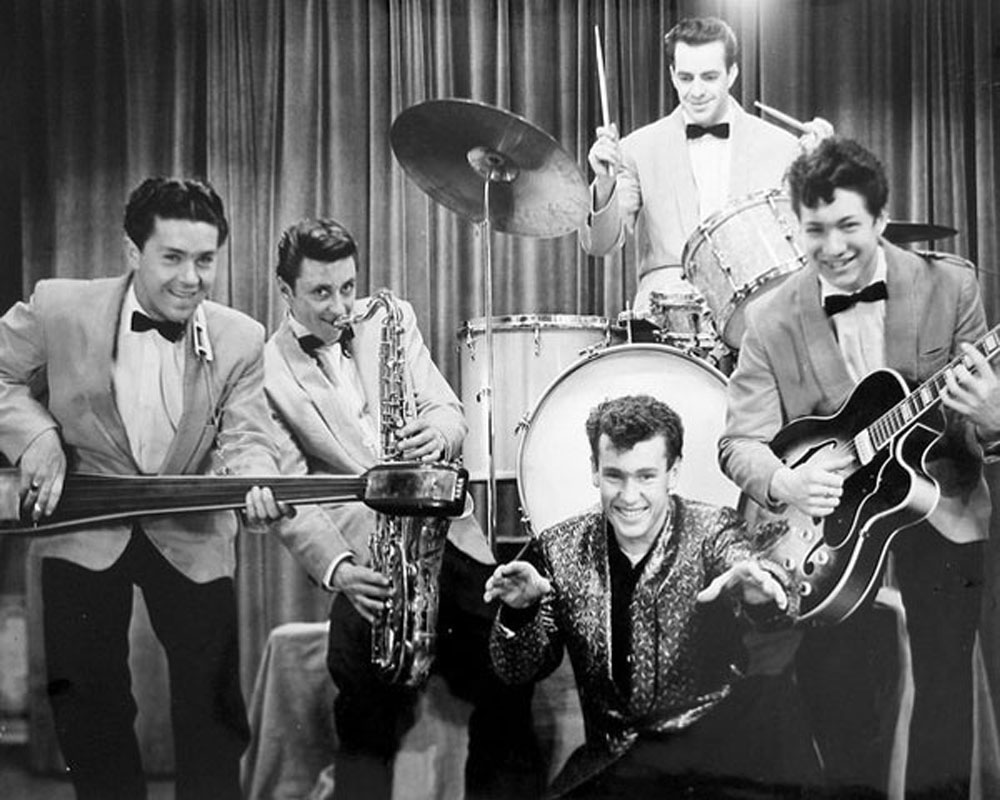 |
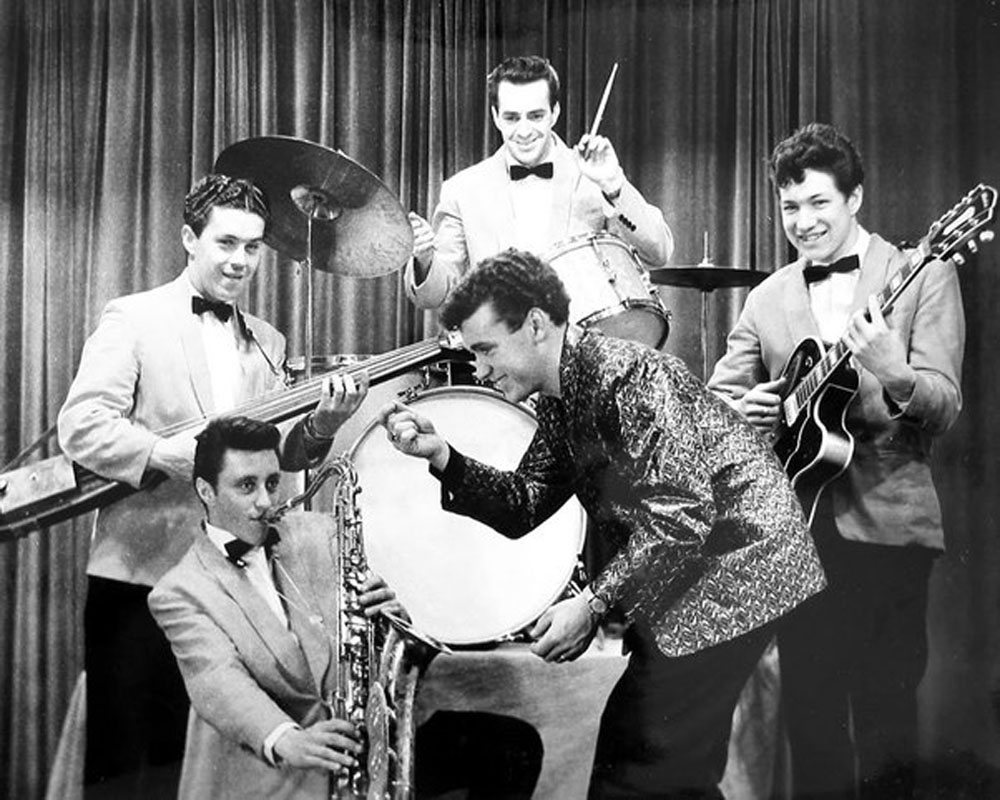 |
In late 1959, their debut single, the Merritt original Get a Haircut became a huge regional hit, as did the follows-up Kiss Curl and C'Mon Let's Go (the latter becoming the title track of their 1960 debut LP). Though remaining essentially a local phenomenon at that time, Max Merritt and the Meteors did not suffer the same rapid fade-out as that experienced by the Johnny Devlins of the era. They continued riding high as the unrivaled kings of the Christchurch Rock Scene, even as the popularity of Rock 'n' Roll diminished accross the nation. Ultimately, in 1962, they left their hometown to pursue fame in the big smoke of Auckland, only to find longtime rivals Ray Columbus and the Invaders had already beaten them to the punch and staked their own claim to the area's rock fans. The Meteors' tenure on the Auckland Club Circuit was short-lived, even though the group was highly respected by other contemporary musicians, the all-important teen crowd had already adopted the Columbus band as their new idols of the day, leaving Max and his band to hit the road to Australia in 1963, and after six grueling months in Sydney, they returned to Auckland, which Ray Columbus and The Invaders had by now left for greener pastures. |
 |
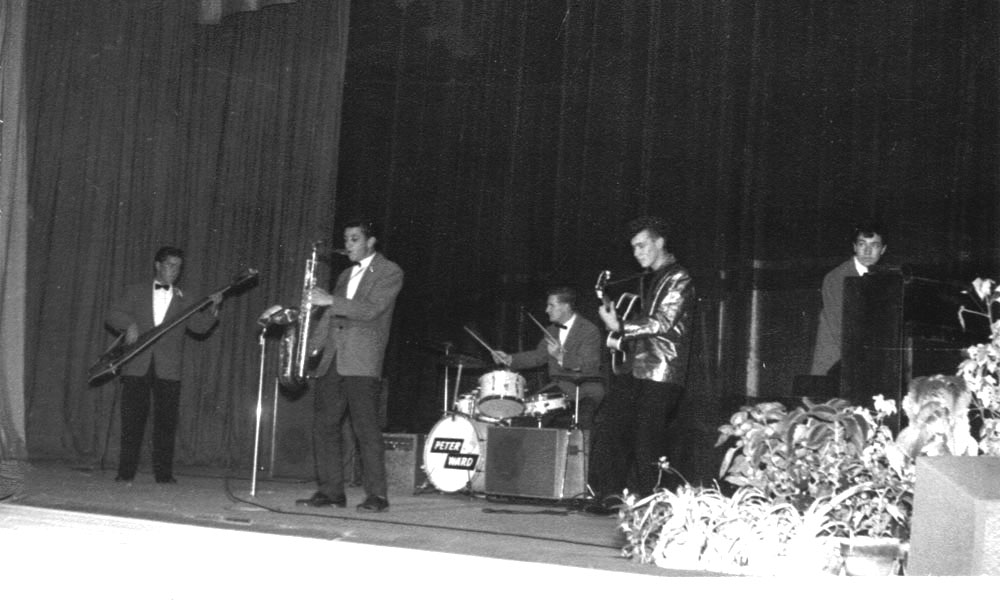 |
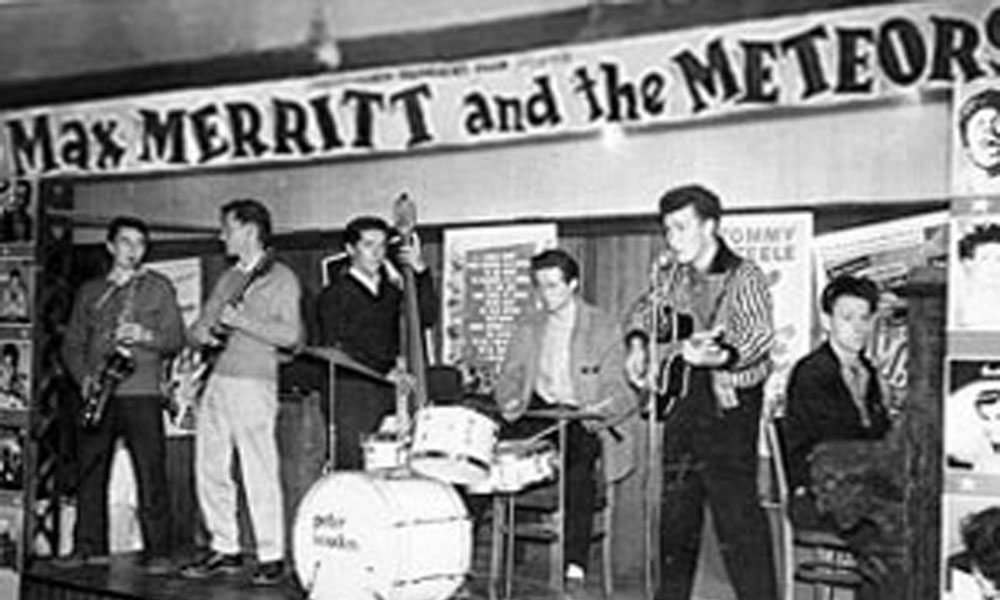 |
Signing up to Viking Records, Max Merritt and The Meteors soon issued issued their first record in some months, an EP titled Giddy Up Max! - which fared poorly on the charts, but the label was so taken by the group that they were installed as the Viking House Band, playing backup for a variety of acts, including Dinah Lee. They returned to Sydney in late 1964, and early the following year their long-awaited second album, Max Merritt's Meteors, was finally released - but again the commercial reception was poor, with its release overshadowed by the ascendancy of some new acts including rivals The Easybeats. With the inclusion of new drummer, Bruno Lawrence, Max Merritt and The Meteors took a turn towards a more soulful, Motown-influenced sound. In mid-1965, they released a cover of the Sam Cooke classic Shake, which became their biggest hit up to that point - even cracking the Australian charts! Their follow-up, a rollicking rendition of Buster Brown's Fanny Mae, was equally well-received. |
 Max Merritt, Peter Sowden, Billy Karaitiana and Maurice Cook |
 Peter Williams, Billy Karaitiana, Johnny Dick and Max Merritt |
 Max Merritt, Billy Karaitiana, Johnny Dick and Peter Williams |
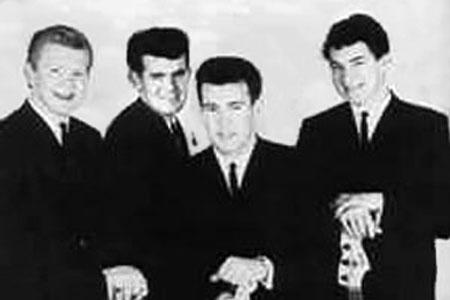 Johnny Dick, Peter Williams, Max Merritt and Billy Karaitiana |
Whilst the Meteors' management continued to promote the group as wholesome and clean-cut, in truth they were becoming increasingly rebellious, living the debauched rock lifestyle to the hilt. With Max becoming obsessed with the music of Otis Redding, the band immersed itself completely in soul music, further baffling the audiences of the period. Despite puting together what many fans believed to be the best Meteors line-up ever (saxophonist Bob Bertles, bassist Yuk Harrison, and drummer Stewie Speer), Max still struggled for acceptance, and they had to accepted whatever gigs were offered to them, playing the most remote areas of Australia in an effort just to remain afloat. It was while traveling to tiny Morwell on June 24, 1967 that the Meteors were involved in a horrific auto accident which left everyone but Harrison seriously injured. A series of benefit gigs were soon held in the band's honour, and ironically, the accident raised their visibility substantially throughout Australia, and when they tentatively hit the comeback trail in early 1968, they began attracting serious attention from the media and their loyal fans. Their musicial peers continued raving about the Meteors' musical prowess, and as times changed, the band's hedonistic lifestyle made them newly attractive to club-goers. By the end of that year, Max Merritt and the Meteors were the highest-paid group in the country, the undisputed leaders of an Australian soul music rebirth. In 1969, they even took over their own Melbourne pub, dubbed Max's Place, and cut their first single in close to three years - a cover of Jerry Butler's Western Union Man. In early 1970, they also issued the smash Max Merritt and the Meteors, widely regarded amongst the finest Australian LPs of the era. Soon after, Yuk Harrison left The Meteors and was replaced by bassist Dave Russell. This new lineup recorded the album Stray Cats, which did not fare nearly as well as its predecessor, and after a few more unsuccessful singles, including the Merritt original Good Feeling and a cover of Delaney and Bonnie's Hello L.A., Bye Bye Birmingham, The Meteors were dropped from their contract with RCA in 1972. Regardless, they forged on, traveling to England for a series of live dates alongside bands like Dr. Feelgood and Brinsley Schwarz, and they became pioneers of the fledgling British Pub Rock Scene. In the years which followed, London remained their base of operations, and they toured as an opener for acts including Slade, The Moody Blues and Mountain, however, the other members of The Meteors all departed in 1974, leaving Max to scramble for work as a bricklayer. |
 |
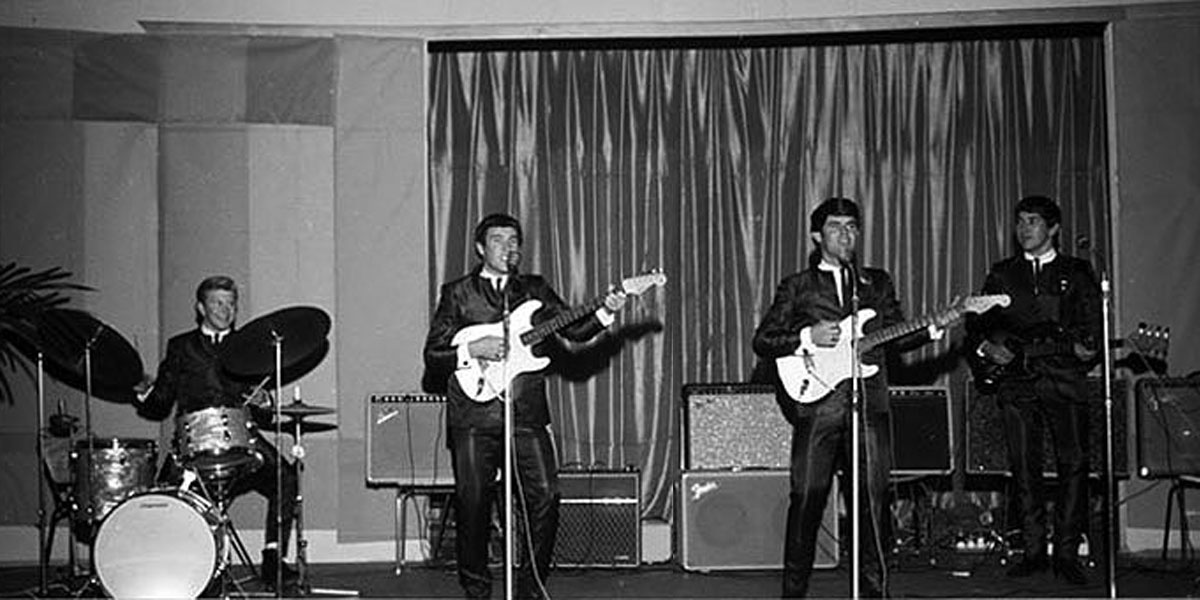 |
By the following year, however, he was back in action with a new, Nashville-inspired Meteors lineup, and in 1975 the group signed to Arista Records, debuting on the label with the single A Little Easier. An LP of the same name followed and the second single, the ballad Slipping Away, reached the Top Five in both Australia and New Zealand some 16 years after the group first entered the studio. Max had scored the biggest hit of his career, and a triumphant return to Australia heralded the release of Max Merritt and The Meteors' second Arista LP, 1976's Out Of The Blue (released in 1976), however, in Britain, the band remained a cult act, confined to the pub circuit and a handful of opening gigs. The emergence of punk had little negative effect on Max Merritt and The Meteors -- indeed, they regularly performed in the company of bands including The Jam, The Stranglers and The Vibrators, but, punk was the death knell for pub rock, and in December 1976 Max dissolved the group, bringing his 20-year run to an end. He soon relocated to Los Angeles, enjoying moderate success as a songwriter and solo performer. In the mid-1980s, Max often went back to Australia, occasionally returning to action fronting a procession of new Meteors lines-up. ~ Jason Ankeny, All Music Guide. Over the life of Max Merritt and The Meteors there have been many changes in personel. Here is a list of those musicians who have performed in this group. |